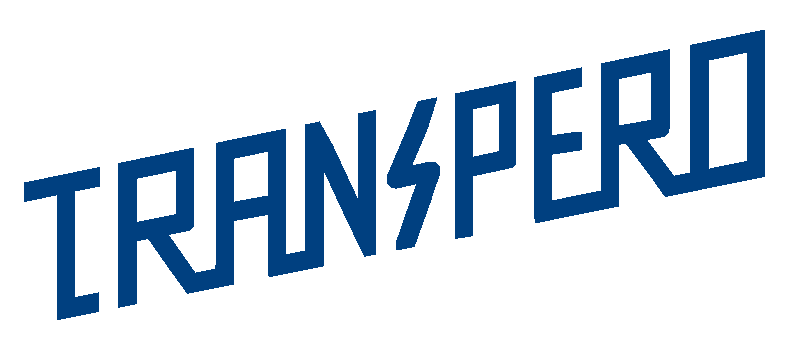
Approximately 73,2% of Canadians are struggling with one type of debt or another. Moreover, this number has increased tremendously after the COVID-19 pandemic.
Whether you have a large credit card outstanding or a high-interest unsecured loan, the right strategy makes it possible to manage or pay it off easily. Most Canadians consider debt consolidation as the most viable option to streamline their uncontrolled debt. To learn more about debt consolidation, check this link.
However, in the hustle of repaying such high-interest debts, most borrowers look for another low-interest rate loan. But, this is not as easy as it looks. Sometimes, a wrong decision can do more harm than good. In-depth assessment, careful planning, and comparison are the key.
We’ve listed the top 5 ways to get lower interest rates on outstanding loans to make things simple.
Contents
Consider debt consolidation
Debt consolidation lets borrowers combine multiple debts into a large, single debt. As a result, a borrower gets a lower interest rate and a single monthly payment. It is a great tool to streamline the finances of individuals struggling to keep up with multiple debts. Generally, multiple debts consist of:
- Large credit card outstandings
- High-interest loans, such as unsecured loans
- Student loans and vehicle loans
- Any unexpected expenses
For many Canadians, debt consolidation is the first choice to manage and pay off outstanding high-interest loans. Although it gives complete peace of mind to the borrower, it is advisable to do the math before inking any document.
If not planned carefully, you may end up paying higher in terms of prepayment penalties and additional fees. Here are some pros and cons of debt consolidation:
- Single monthly payment to track
- A lower interest rate saves money in the long run
- Simplified repayment scheduled
- Complete peace of mind
However, it also has certain disadvantages:
- A borrower needs to have collateral (security)
- Rates depend on the credit score of the borrower
- It may encourage the spending habits of a borrower
Home equity loan
Tapping your home equity is one of the fastest and easiest ways to secure a loan. Home equity can be defined as the current market value of your house minus all obligations such as a mortgage. It is also known as Mortgage refinancing or Second Mortgage.
However, you need to keep your house as collateral to avail this loan. Here are some pros and cons of a home equity loan:
- Very attractive rate compared to other loans
- Easy and prolonged payment schedule
However, you need to keep the following things in mind:
- You have to keep your house as a collateral
- To get the desired amount, sufficient home equity is a must
- Additional charges for setting up a second mortgage
Line of credit
Line of credit or overdraft can be a great way to consolidate high-interest outstandings. Depending on your credit score, income, or collateral, your bank or credit union offers a Line of credit.
It works like a credit card – you get a predetermined limit to spend. You have to pay interest on the actual spending and not the overall sanctioned amount. Moreover, there is an option to pay the minimum outstanding, just like a credit card.
Here is how a line of credit can help you:
- Lower interest rates than unsecured loans
- Great flexibility in terms of minimum monthly payments
- Freedom to pay as per borrower’s choice.
Things you need to be careful about while taking a line of credit:
- If you fail to pay more than the minimum outstanding per month, it will add more to your financial woes. You will find it challenging to pay off the debt completely.
- Interest rates on a line of credit vary according to the prime lending rates set by the Bank of Canada. Therefore, when the rate goes up, your outstanding payments change accordingly.
Credit card balance transfer
Many banks offer credit cards with a Low-interest promotional period. Sometimes, borrowers are also offered to transfer their high-interest outstanding from other credit cards into one.
It is vital to pay the balance within the low-interest promotional period, whatever the case may be. Otherwise, you may end up paying a high-interest rate of up to 20% on the outstanding.
Further, if only the minimum balance is paid, it will take years to pay off your debt.
Here is why you should opt for a credit card balance transfer:
- When used judiciously, you can avail benefits of promotional interest rates.
- Balance transfer in one place can streamline multiple payments into one
- Payment flexibility
There are certain cons of a credit card transfer too:
- Most often, people fail to qualify for a low-interest credit card
- Promotional interest rates last for a few months
- You might have to shell out high-interest rates after the end of the promotional rate period
- You can fall into another type of debt trap if you pay only minimum monthly payments
Debt repayment programs
If the above methods don’t work, you may consider a debt repayment program as a last resort. Consumer proposal and debt management programs are two popular options in this category. These programs can help you:
- Eliminate or reduce interest
- Consolidate multiple debt payments into an affordable monthly payment
- Create a roadmap to make you debt-free within a specified period
Here are the advantages of these debt repayment programs:
- Option to restructure debt
- Low or no interest at all
- Help you personally and financially by eliminating stress
There are a few cons of this method too:
- Not a viable option for everyone
- It impacts your credit score
- You may end up paying a hefty fee for credit counselling
Endnote
Undoubtedly, a low-interest rate loan may make sense to you during financial hardships. However, you have to look beyond interest rates to get the best results.
Similarly, you have to choose a reliable lender that will help you sail through the process in the most effective way. Although there aren’t a huge amount of options, the final decision depends on your needs and budget. Consult a professional if you are in a dilemma.
